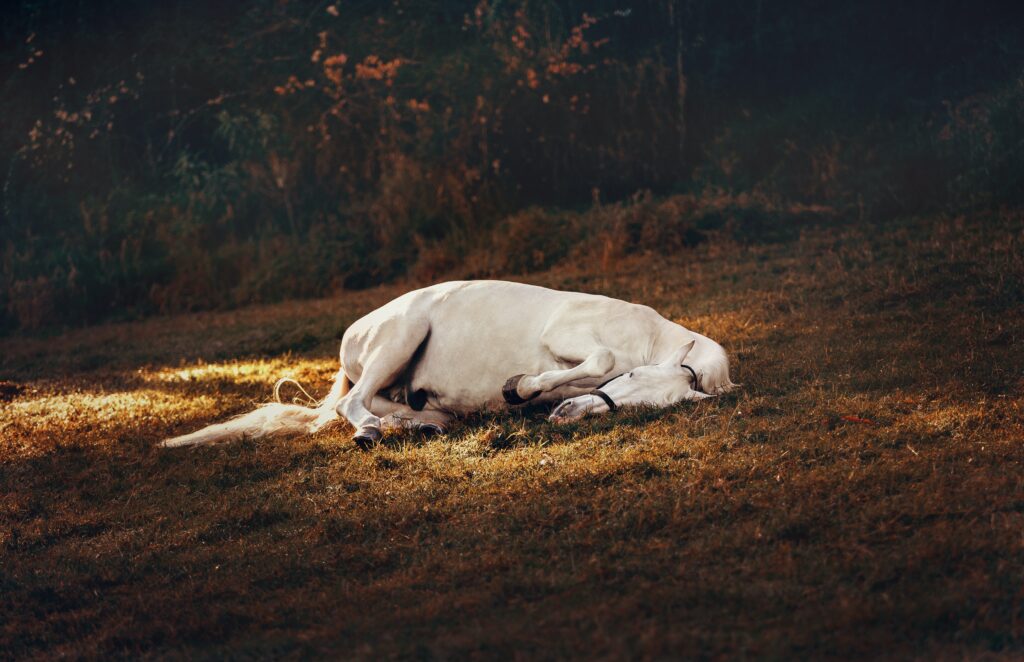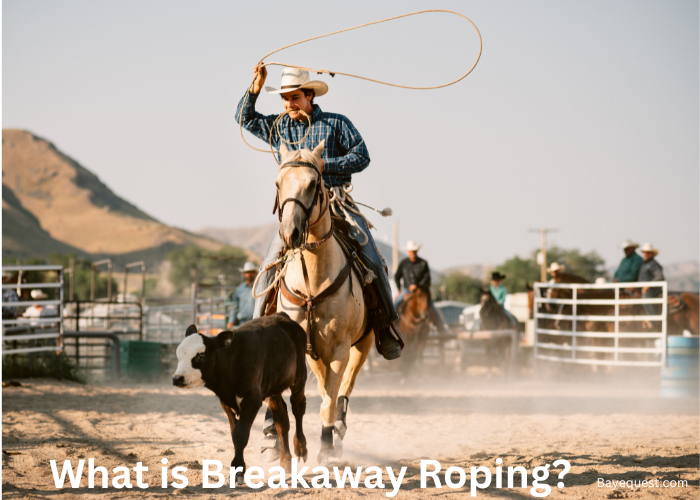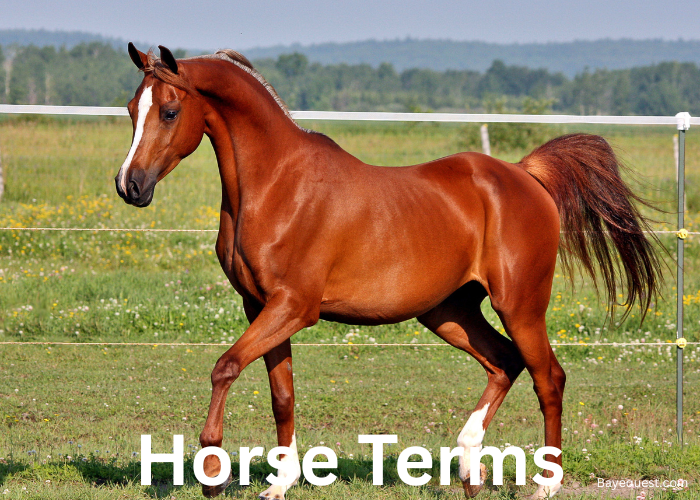Choosing the right bedding for your horse is more complex than it seems. Surprisingly, the choice between shavings and straw can impact your horse’s health and happiness.
With over a decade in equine care, I’ve seen the effects firsthand.
Many owners struggle with this decision, unsure which option best suits their horse’s needs. This article dives deep into the pros and cons of shavings and straw bedding.
It aims to guide you to an informed choice, enhancing your horse’s stable comfort and well-being.
What are Shavings?
Shavings are small, finely cut pieces of wood used for horse stall bedding. They come from woods like pine, cedar, and spruce, picked for soaking up moisture well and being soft.
Shavings make a comfy, dry place for horses to rest. To make shavings, wood is chopped or shaved into tiny pieces that spread easily on a stable’s floor.
People like using shavings because they soak up wetness well, keeping the stable clean and dry. This makes them a good mix of comfy for the horse and handy for the owner.
Pros:
- Shavings are great at soaking up moisture, so stalls stay drier.
- They’re easy to clean up, which means less time spent mucking out.
- They’re less dusty, which is good for horses with breathing problems.
- They provide a soft, comfortable bed for horses.
Cons:
- Shavings cost more than straw.
- The quality of shavings can change depending on where you get them from.
What is Straw?
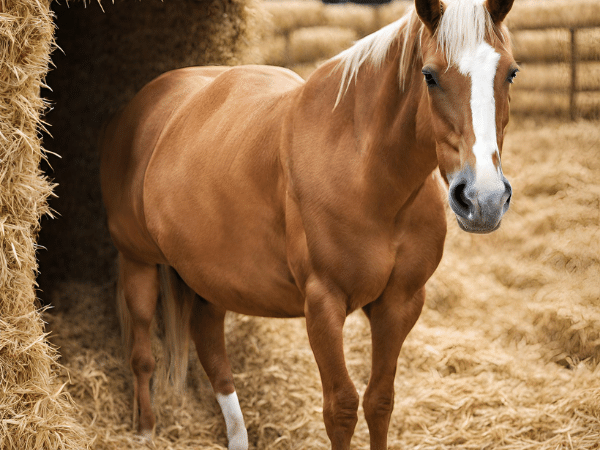
Straw is a classic bedding choice for horse stalls, made from the leftover dry stalks of cereal plants like wheat, barley, oats, or rye, after the grain and chaff are taken away.
It’s a natural and eco-friendly option because it breaks down easily and can be composted, making it good for the environment. Straw is easy to find in places where farming is common. A thick layer of straw gives horses a warm, soft place to lie down.
While straw doesn’t soak up moisture as well as some newer bedding types, its affordability and green benefits make it popular with many horse owners. It keeps up the tradition of stable keeping while caring for the planet.
Pros:
- Straw is budget-friendly.
- It breaks down naturally and can be composted.
- Usually easy to get in farming areas.
- Makes a comfy, natural bed for horses.
Cons:
- It doesn’t absorb moisture well, so it needs changing often.
- Straw can be dusty, which might bother horses with breathing issues.
Features Face to Face
Absorbency
When we look at how well horse bedding materials soak up moisture, shavings and straw are quite different. Shavings, made of small wood pieces, are really good at absorbing liquids. This means drier stalls for horses, less smell, and fewer germs. Straw, even though it’s comfy, doesn’t soak up water as well.
This might mean you have to change straw bedding more often to keep the stall clean and dry.
If you’re mainly worried about keeping things dry, shavings are the better pick. They do a much better job at handling moisture in horse stalls.
Verdict: Shavings win
Ease of Cleaning
Shavings are really good at soaking up water, which means they stick together when they get wet. This makes it easy to see and take out the dirty parts without having to mess up the whole stall.
Because of this, cleaning takes less time and work, making looking after your stable easier.
Straw feels nice and natural for horses, but it’s harder to clean. Since it doesn’t soak up water as well, it’s tougher to tell the dirty straw from the clean. So, you might end up having to clean more to keep the stall nice and clean.
When it comes to cleaning up easily, shavings are the better choice. They make it simpler for horse owners who want to keep things tidy with less hassle.
Verdict: Shavings win
Health Impact
When thinking about how bedding affects horses’ breathing health, it’s really important. Shavings, especially those from softwoods like pine and cedar, are often made with less dust and tiny bits.
This helps lower the chance of breathing problems in horses. If your horse has issues like equine asthma or allergies to dust, shavings could be a great choice.
On the other hand, straw might have more dust because it comes from farming. Even though some kinds of straw are less dusty, straw generally poses a bigger risk for causing breathing problems in horses than shavings do.
So, if you’re worried about keeping your horse’s breathing as healthy as possible, shavings are the way to go. They create a cleaner, less dusty space that’s better for horses.
Verdict: Shavings win
Comfort
Straw bedding has a classic, natural vibe. It makes a soft, warm layer that’s really cozy for horses, especially when it’s cold out.
The straw’s structure also gives a cushiony feel that helps spread the horse’s weight, which can ease pressure points.
Shavings, because they’re finer, create a soft bed that shapes around the horse’s body, providing really good support and comfort.
Both options are comfy for horses, but shavings might be a bit better. They keep a soft, even bed that stays comfy over time, making sure horses are super comfortable when they rest.
Verdict: Shavings, but just by a bit
Cost-effectiveness
Straw is usually cheaper than shavings since it’s a byproduct of farming. This makes it a budget-friendly option for big stables or if you’re watching your spending. It’s easy to find and you can compost it, which might save some money on cleaning up.
But, because straw doesn’t soak up much liquid, you might need to replace it more often. This could increase your costs over time.
Shavings cost more at first because they’re processed to be absorbent. Yet, this means you won’t have to change the bedding as often.
So, while shavings are pricier upfront, they might save you money in the long run. You’ll use less bedding and spend less time and effort on cleaning. For owners who care a lot about keeping stalls dry and clean easily, shavings could be the more wallet-friendly choice in the end.
Verdict: Shavings win
Palatability
Straw, since it comes from cereal plants, tastes better to horses and can keep them busy by encouraging them to search and nibble around.
This is good for their natural behaviors but can sometimes cause tummy troubles like impaction colic if they eat too much of it.
Shavings, on the other hand, aren’t as tasty because they’re made of wood, so horses are less likely to eat them. This lowers the chance of digestive issues but doesn’t really help with their natural urge to forage.
So, if you want to keep your horse acting in a more natural way, straw could be better, but be careful about their belly health. If you’re more worried about stopping them from eating their bedding, shavings are a safer bet.
Stand-out Features
Straw is great for the environment, making it a top choice for horse owners who care about nature. It’s a natural leftover from growing cereal grains, so it breaks down easily and helps keep the cycle of farming going.
You can compost used straw to improve soil without adding to landfills. This makes straw a smart pick for those who want to keep their stables green.
Shavings, though, give you a consistent and controlled bedding. The pieces are all about the same size and quality, so they create a stable, comfy surface that stays clean and dry.
This means you won’t find much change in how good the bedding is, ensuring a safe and cozy spot for horses. Owners who like everything to be just so will probably prefer shavings for their predictable and steady nature.
Alternative Bedding Materials
Sawdust
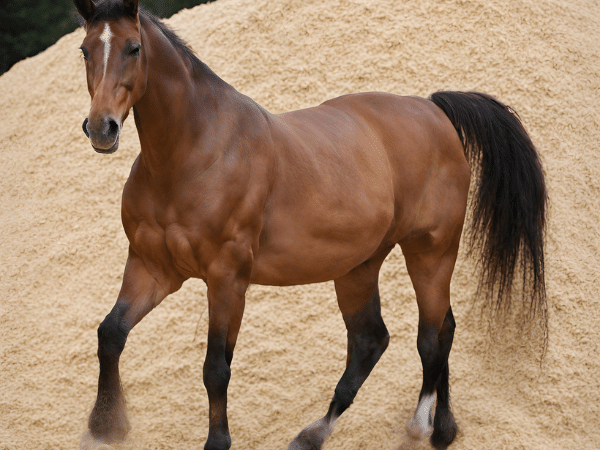
Sawdust is a wood-based bedding that’s easy on the wallet and not hard to find. However, it takes up a lot of space, which might make storing it a bit tricky.
It’s really fine, so you can clean stalls and separate waste easily, but it does create a lot of dust. This dust can bother horses’ eyes and lungs.
It’s best to use sawdust in places with plenty of air moving around. If your horse spends a lot of time inside, sawdust might not be the best choice because it can affect the air they breathe.
Wood Pellets
Wood pellets, made from compressed, dried wood or sawdust, are easy to store. They’re really good at soaking up moisture and get bigger when wet, though you might need to put in a bit more work to soak them before use.
They don’t make much dust, which is great, but they aren’t very soft, so some horse owners mix them with other bedding to get both absorbency and comfort.
Shredded Paper
Shredded paper is an unusual choice but it’s really good at soaking up moisture, even better than wood shavings. It can also help control smells from ammonia.
However, in damp places, it might not be the best because it can pull in moisture from the air, get too heavy, and even grow mold if you don’t keep it dry before using it. You also have to watch out for things like staples, glue, and ink that could be mixed in with the paper.
Peat Moss
Peat moss comes from decomposed sphagnum moss and is good for the planet because it can be composted. It might look a bit dusty, but its bigger pieces usually don’t bother horses’ breathing. It’s easy to handle and store.
However, not everyone likes how it looks, and getting it from the ground releases carbon dioxide, which is a concern for the environment.
Newer bedding options like hemp are starting to get popular in the horse world because they offer great benefits and are more eco-friendly. This shows a move towards new and sustainable bedding choices.
Conclusion
Picking the right bedding for your horse matters a lot. What works best will depend on what your horse needs and what you think is most important. No matter what you choose, keeping your horse’s stall clean and comfy is key.
Choose Shavings if:
- You want to keep your horse’s stall clean and dry.
- You’re worried about your horse’s breathing.
- You like bedding that’s easy to look after.
Use Straw if:
- You’re looking to save money.
- Being eco-friendly matters to you.
- You can get straw that’s not too dusty.
Choosing the right bedding helps make sure your horse stays happy and healthy.




